The Essential Guide to Elevator Modernization: Benefits, Process & More
Discover the ultimate guide to elevator modernization! Learn about how upgrading your elevator can improve safety, efficiency, and property value.

Table of Contents
1. Understanding Elevator Modernization
2. Why Elevator Modernization Matters
2.2 Reliability and Performance
3. Signs That Your Elevator Needs Modernization
4. Benefits of Elevator Modernization
4.2 Cost Savings
4.4 Compliance and Future-Proofing
5.2 Implementation
5.3 Post-Modernization Maintenance
6. Conclusion
Elevators play a critical role in the functionality and accessibility of modern buildings. From high-rise office buildings to residential complexes, elevators ensure the efficient movement of people and goods.
However, as buildings age, so do their elevator systems, which can lead to increased downtime, higher energy consumption, and potential safety hazards. This is where elevator modernization comes into play.
Elevator modernization involves upgrading the essential components of an elevator system to enhance performance, safety, and reliability. In this blog, we will explore the significance of elevator modernization, the services involved, and the benefits it offers.
Understanding Elevator Modernization
This process can include the replacement or refurbishment of critical components such as control systems, motors, hoist machines, electrical wiring, and elevator cabs. Elevator modernization services are typically provided by specialized companies that assess the current state of the elevator, plan the necessary upgrades, and execute the modernization project.
Why Elevator Modernization Matters
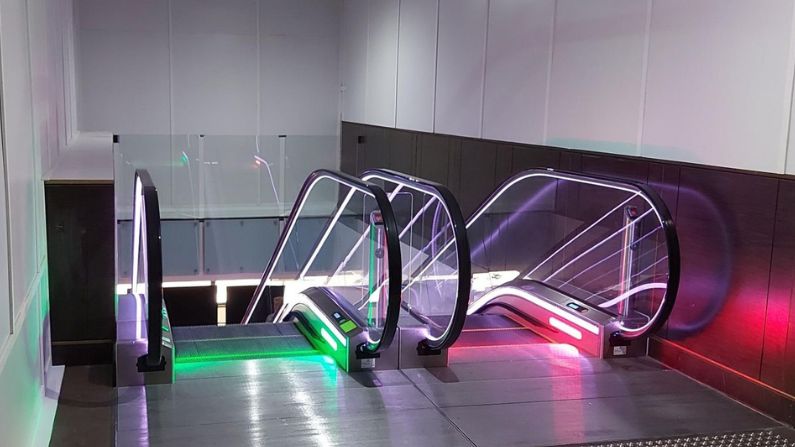
Elevator modernization is essential for maintaining the safety, efficiency, and reliability of your building’s vertical transportation system. As elevator components age, they can become prone to frequent breakdowns, higher energy consumption, and potential safety risks.
By upgrading outdated systems, you can ensure compliance with current safety standards, improve performance, and reduce operational costs. Modernizing your elevator is an investment in the long-term value and functionality of your building, providing a smoother, more efficient experience for all users.
1. Safety Improvements
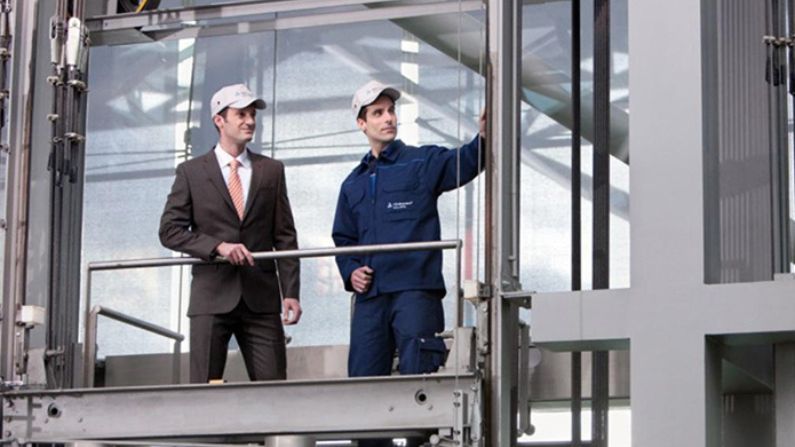
One of the main reasons for elevator modernization is to enhance safety. Older elevator systems may not comply with the latest safety codes and regulations, posing risks to users.
Modernization can introduce advanced safety features such as emergency braking systems, fire safety protocols, and more robust door sensors, significantly reducing the risk of accidents and ensuring compliance with regulatory standards.
2. Reliability and Performance
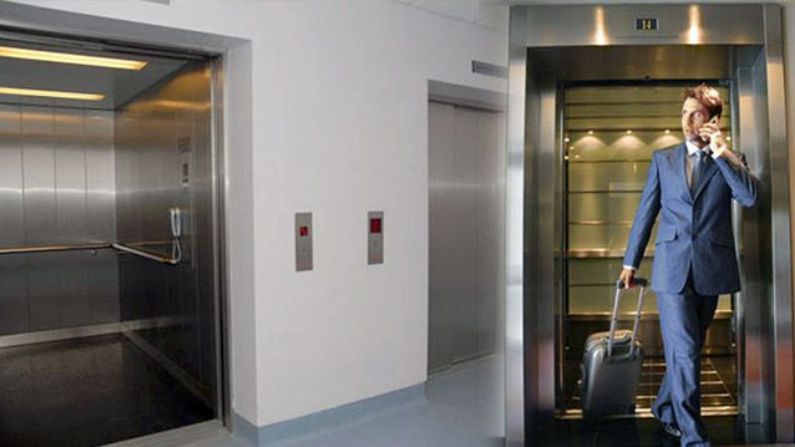
Modernized elevators offer improved reliability and performance. Frequent breakdowns and slow operation are common issues with aging elevator systems.
Upgrading components such as motors and control panels can lead to smoother, faster rides and reduce the frequency of service interruptions. This increased reliability is especially important in commercial buildings where elevator downtime can disrupt business operations.
3. Energy Efficiency
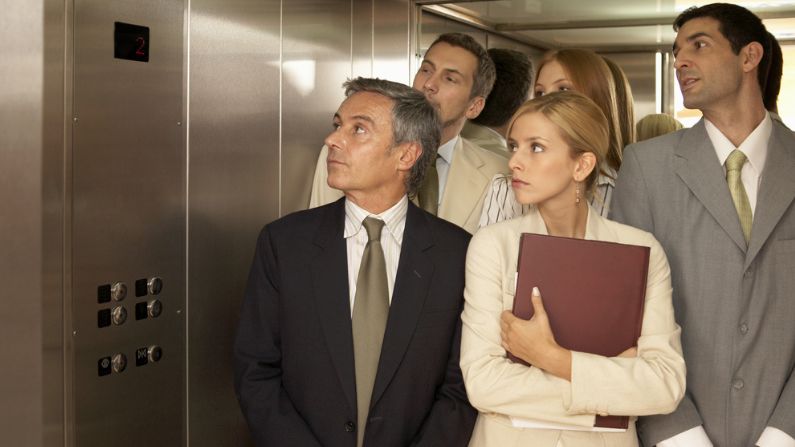
Energy consumption is a significant concern for older elevators. Modern elevator systems are designed to be more energy-efficient, utilizing advanced technologies such as regenerative drives and LED lighting.
These upgrades can substantially lower energy bills and reduce the building’s overall carbon footprint. The elevator modernization cost is often offset by long-term savings on energy expenses.
Signs That Your Elevator Needs Modernization
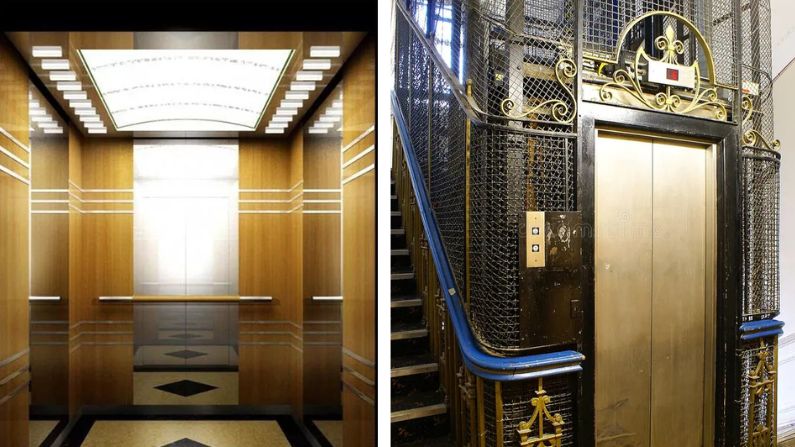
There are several indicators that an elevator system is due for modernization:
Frequent Breakdowns and Repairs
If your elevator frequently requires repairs, it may be more cost-effective to modernize it rather than continuously paying for maintenance.
Slow Operation or Uneven Stops
Slow response times and uneven floor levelling are signs of outdated equipment.
Outdated Technology and Aesthetics
An old-fashioned appearance and lack of modern features can reduce the building’s appeal.
Increased Energy Consumption
Higher than usual energy bills may indicate inefficiency in the elevator system.
User Complaints
Regular feedback from users about performance issues is a strong indicator that it’s time for an upgrade.
Benefits of Elevator Modernization
Before delving into the specific benefits, it’s important to understand why elevator modernization is a pivotal step for any building owner or manager.
Modernizing your elevator system not only addresses the wear and tear that naturally occurs over time but also incorporates the latest technological advancements to enhance safety, efficiency, and user satisfaction.
By investing in elevator modernization, you can significantly improve the overall performance of your building’s transportation system, ensuring it meets contemporary standards and expectations. Let’s explore the key benefits that make elevator modernization a smart and necessary investment.
1. Enhanced User Experience

Modernized elevators provide a better user experience with smoother rides, reduced wait times, and more aesthetically pleasing cab designs. Improved lighting, updated interiors, and more intuitive controls contribute to overall user satisfaction.
2. Cost Savings
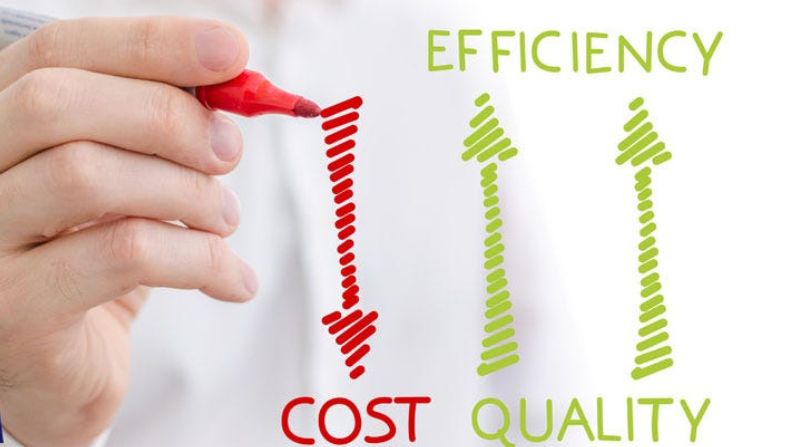
While the elevator modernization cost might seem significant initially, the investment pays off in the long run. Modern elevators require less maintenance and are more energy-efficient, leading to substantial savings on elevator repair and energy costs over time.
3. Increased Property Value
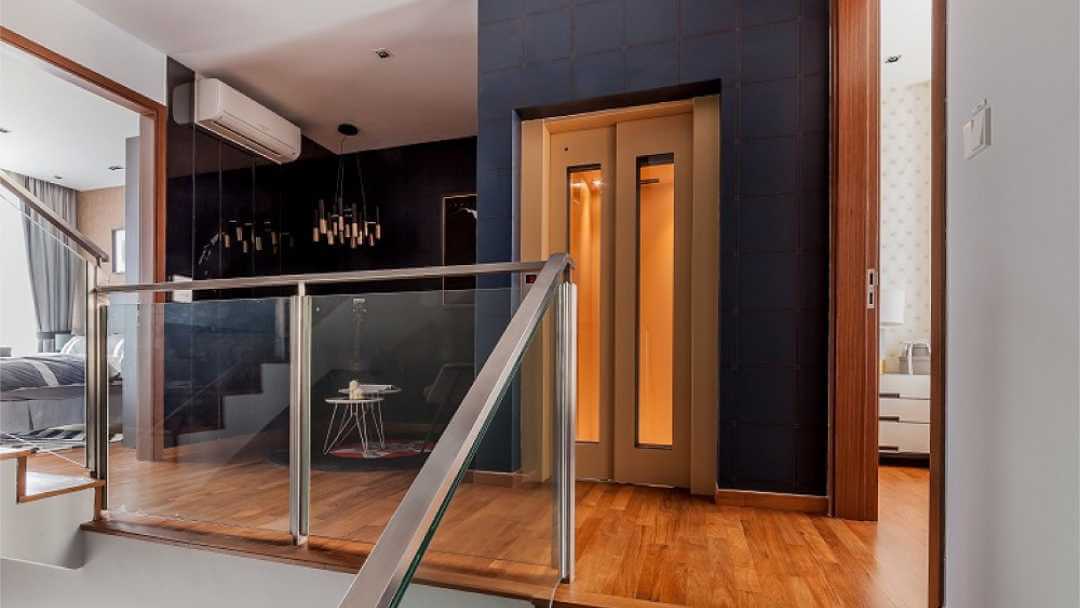
Investing in elevator modernization can enhance the value of a property. Prospective tenants and buyers are more likely to choose buildings with modern, reliable elevators, making it a wise investment for property owners.
4. Compliance and Future-Proofing
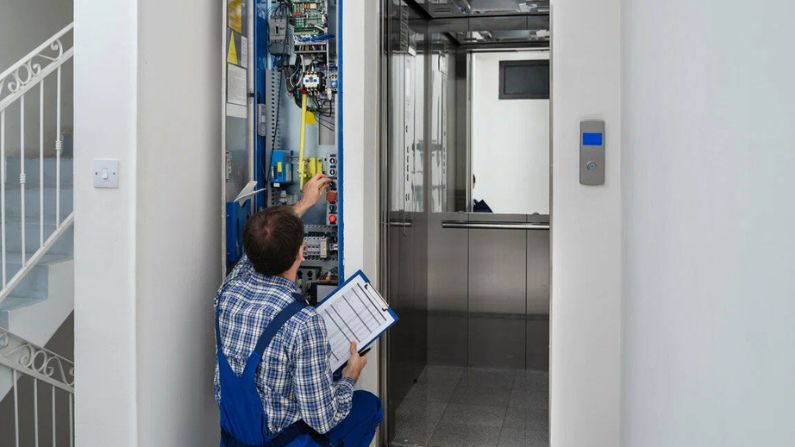
Modernizing elevators ensures they meet current safety and accessibility standards. This compliance not only protects users but also shields building owners from potential legal liabilities. Additionally, modern systems are designed to be more adaptable to future technological advancements.
The Modernization Process
The modernization process involves a systematic approach to upgrading an existing elevator system to improve its performance, safety, and efficiency. It starts with a thorough assessment of the current setup, followed by careful planning and implementation of necessary upgrades.
This ensures minimal disruption to building operations while achieving optimal results. Post-modernization maintenance is also crucial to sustain the benefits of the upgrades. Let’s break down each step of this essential process.
1. Assessment and Planning
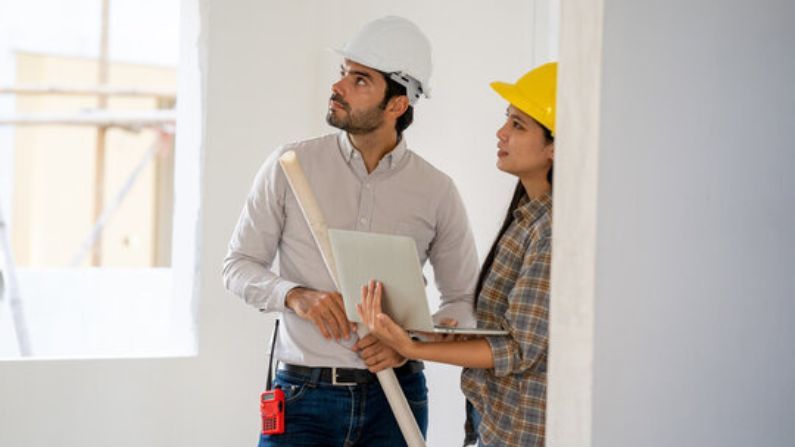
The modernization process begins with a thorough assessment of the existing elevator system by an elevator modernization company. This evaluation identifies the components that need upgrading and helps in planning the scope of the project. Setting clear goals and budgets is crucial at this stage.
2. Implementation
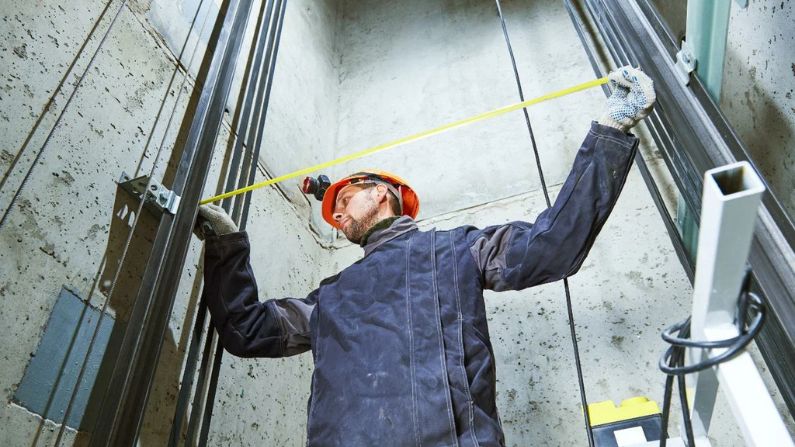
Once the plan is in place, the implementation phase begins. This involves selecting the appropriate equipment and technology, coordinating with contractors, and executing the upgrades with minimal disruption to building operations. The elevator upgrade cost is managed carefully to stay within budget while achieving the desired improvements.
3. Post-Modernization Maintenance
After modernization, regular maintenance is essential to ensure the longevity and optimal performance of the new elevator system. Adhering to a maintenance schedule recommended by the service provider helps in monitoring the system and making any necessary adjustments.
Conclusion
Royal Fuji Elevator Modernization is an indispensable investment for preserving a building’s safety, efficiency, and overall value. Through upgrading outdated technology and enhancing performance, building owners can elevate user satisfaction, realize cost savings, and uphold compliance with safety standards.
If your elevator system is exhibiting signs of aging, it’s imperative to recognize the benefits of modernization. Reach out to a trusted Royal Fuji Elevator Modernization company today to explore your options and embark on the journey toward a safer, more efficient future.

Muneer Ahammed
General Manager - Royal Fuji
Mr. Muneer Ahammed holds the position of General Manager at Royal Fuji and possesses 20 years of experience in the vertical transportation industry. For any inquiries related to elevator modernization benefits and process, please do not hesitate to reach out to him.
